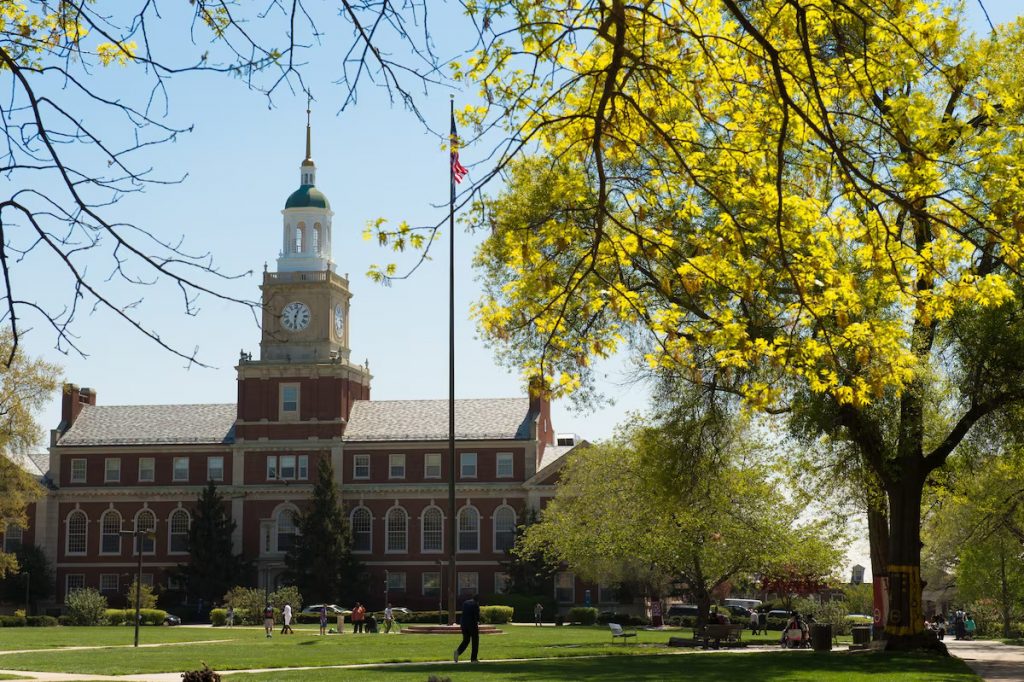Historians estimate that one in four cowboys in the US were black.
In 2015, a study from the National Museum of African American History and Culture and Oberg Research found that on average, only 8% or 9% of history class time in US schools is devoted to Black history.
African American history is grossly underrepresented in the US, and the information that is taught is often skewed or misrepresented.
Here are a few moments from Black history that Americans probably weren’t taught in school.
The US has a grim history of underrepresenting and inaccurately portraying African American history in schools.
A 2015 report conducted by the National Museum of African American History and Culture and Oberg Research found that while most teachers acknowledged the importance of teaching Black history, only 8% or 9% of history class time in US schools is devoted to the subject.
Additional research found that students across the US were familiar with monumental figures such as Harriet Tubman, Dr. Martin Luther King Jr., and Rosa Parks, but that in a majority of states, students often receive Ds and Fs when tested on the Civil Rights movement.
The US has a long way to go to repair the education system to represent African American history.
Here are 10 historical moments that you probably didn’t learn about in an American school.
One in four cowboys was Black, but African American cowboys are rarely seen in pop culture.

The image of the Wild West cowboy is one of America’s seminal pieces of lore. In movies and books, we learn about the trailblazing, and horseback riding legends of the great Western plains. But in nearly every depiction, those cowboys are white.
In reality, historians estimate that one in four American cowboys were black.
Black cowboys have a rich, complicated history in the US and remain an important part of American culture to date. The cowboy lifestyle first came into play in Texas, when American settlers invaded the then Mexican owned-territory in the early 1800s. Americans moving into the territory brought enslaved people with them and began setting up plantations. By 1860, after Texas became a part of the Union, an estimated 30 percent of the population was Black.
Following the abolition of slavery, many of those people became in demand as cowhands. When Texas joined the Confederacy, many slaveowners went off to fight in the Civil War, leaving the people they owned to tend the cattle. But when the war ended, freed people found themselves in high demand for positions as cowhands to ranchers across the South.
It’s also believed that the idea of the “Lone Ranger” was inspired by a Black man named Bass Reeves. Born in slavery, Reeves escaped his position of servitude and eventually became a US Deputy Marshal, known for his excellent skills as a marksman, and for riding a silver horse.
CR Patterson & Sons was the first and only African American-owned and operated automobile company.

The company was founded by Charles Richard Patterson, a man born into slavery in Virginia in 1833. Between 1841 and 1843, the Patterson family relocated and settled down in Greenfield, Ohio, where Patterson became skilled in blacksmithing and found work making high-quality carriages.
By 1873, he formed a business partnership with a white man named J.P. Lowe, and just two decades later he became the sole owner of CR Patterson & Sons. From 1893 to 1910, the company listed around 28 models of buggies and carriages.
After Patterson died in 1910, his son, Frederick Patterson, took over the company and transitioned it to horseless carriages, and eventually to the Patterson-Greenfield automobile. Frederick was a leading figure of his own — he was the first black man to play football for The Ohio State University. The company gained success and great pride with its automobile model, which was originally listed at $675.
To this day, C.R. Patterson & Sons remains the only Black-owned and operated automobile company in American history, according to the Smithsonian National Museum of African American History and Culture.
The idea of vaccination was introduced from the African tradition of inoculation by an enslaved person named Onesimus.
A doctor prepares a syringe as part of the start of the seasonal influenza vaccination campaign in Nice Reuters.
In the midst of the coronavirus pandemic, one of the hottest topics of discussion is when, and how, we can quickly get a vaccine developed.
But we wouldn’t even be discussing that opportunity if not for the introduction of African inoculation techniques by a man named Onesimus.
In the early 16th century, Onesimus was sent from Libya to Boston to the Puritan church minister Cotton Mather. During his time as a slave to Mather, Onesimus told him about a centuries-old technique of inoculation used in Africa. Onesimus described how Africans would extract materials from an infected person and scratch them into the skin of a non-infected person to create a system of immunity.
Highly intrigued, Mather convinced a doctor in Boston to experiment with the technique when a smallpox epidemic hit the area in 1721.
Though the technique was considered highly dangerous at the time, Onesimus opened up the path for experimentation with vaccine development, and his information was eventually used to inoculate soldiers during the Revolutionary War.
During World War II, historically Black universities and colleges were a place of refuge for persecuted Jews seeking asylum from Nazi Germany.
During World War II, the US implemented a number of xenophobic measures to limit the success of Jewish refugees and asylum seekers escaping Nazi Germany. Finding a job was a difficult task for refugees, and with very little money, they had to prove that they could support themselves without being a “public charge” to the nation.

Despite the fact that the government attempted to limit the success of Jews, administrators at historically Black universities and colleges worked to hire and save the lives of 50 Jewish scholars. At institutions such as Howard University in Washington, DC, and Tougaloo College in Mississippi, Jews were brought on to teach in an accepting environment.
Katherine Johnson was a mathematician for NASA whose work was critical to sending astronauts into orbit and landing a man on the moon.
Katherine Johnson was born in Sulphur Springs, West Virginia in 1918 and excelled in mathematics from a young age. After skipping several grades throughout primary school, Johnson attended West Virginia University, and was handpicked as one of three Black students — and the only Black woman — to attend WVU’s graduate program.
In 1952 she began working for the National Advisory Committee for Aeronautics (NACA) which slowly transitioned into the program we know today as NASA. There, she worked on an investigation of a plane crash and analyzed data from flight tests.
When the Soviet Union launched the satellite Sputnik in 1957, Johnson transitioned into mathematics for space travel and became a part of the Space Task Force, which was the first official move into space exploration. Johnson co-authored a report laying out equations needed for orbital space flight and became the first woman credited as a research author for the team.



